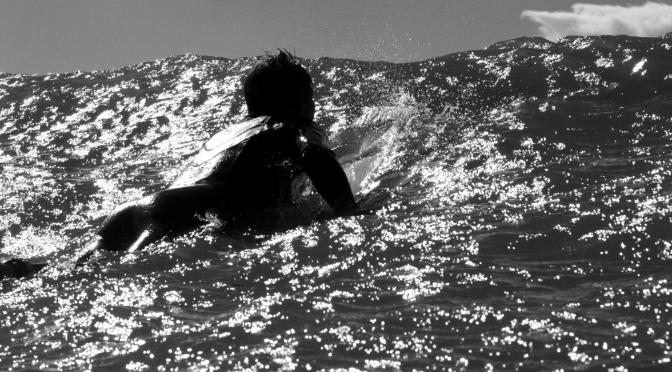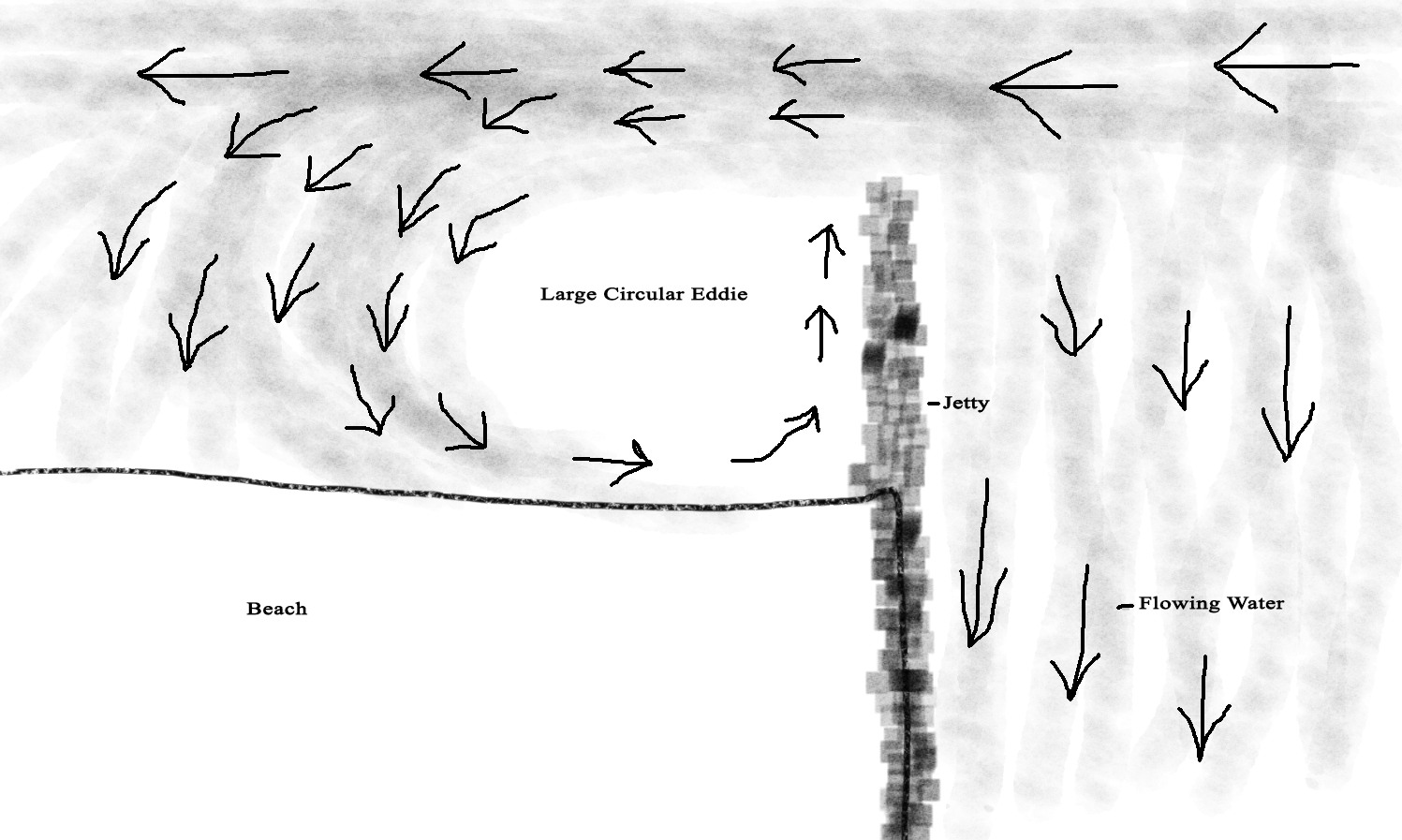A beach-break is the description of the bottom where the waves become breakers. In the case of the beach-break, the moving waves become too tall and too unstable over a bottom made up primarily of sand. A beach-break, in addition to all the sand, includes hundreds of types of shells mixed into the sand. Shells vary in size and type, and include shells from as large as the pen shells to as small as the super tiny coquina shells. Over time, with the movements of the tides and wave motion, these shells are ground up and become sand. This is the most common type of bottom along the coast.
The term beach-break has come to have a meaning indicative of these types of spots all around the word, from Brazil, to France, to Australia, to Hawaii, and the United States. Beach-breaks are known to have short, punchy, exciting waves the world over.
The nature of the beach-break is a mutant beast. The sand at these spots will transform from one season to the next. Large areas of sand can collect along certain stretches of beach. Then, depending on the seasonal weather systems, sand can be displaced to different regions of the coast, moving far or short distances, transforming both the original location of the sand, and the beach where the sand now resides.
What’s also interesting about beach-breaks is the way waves break along the shore. These waves don’t have one spot along a long stretch of beach that would be considered the wave. Beach-breaks are sort of like a wall of sand, and for each wave that approaches that full stretch of beach, the direction, size, wave consistency, and portion of the beach where each wave arrives will determine the best breaks. This makes knowing exactly where the best wave will arrive somewhat difficult.
Although, the beach-break is not in fact a wall of sand. Beach-breaks consist of different contours along the stretch of beach. These are those clusters of sand that move from spot to spot. Sand will collect in eddies, large and small forming along the coast based on water flow. Eddies can be created by things as small as a rock pile on the bottom to as large as a 100 yard long jetty. The small rock pile will create a smaller eddie than the long jetty. Debris and things that impede water movement along the bottom can also cause sand to collect along portions of each beach.
When sand collects along certain portions of a beach, waves can become focused into these pockets of higher sand, or along the peak of a shallow sand point. Beach-breaks often include certain portions of the beach more apt to forming higher quality breakers than other portions of the beach. Places where waves can travel from deep water and quickly collide with shallow water can create these focal points of beach-breaks. But similarly, direction, size, wave consistency, and portion of the beach where each wave arrives will determine the best portion of the beach.
You will find some of the most fun places to surf are at beach-breaks. These quick waves and their rapidly changing nature can keep any average surfer or seasoned veteran on their toes.

